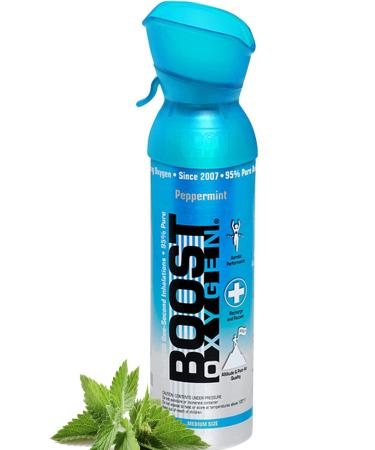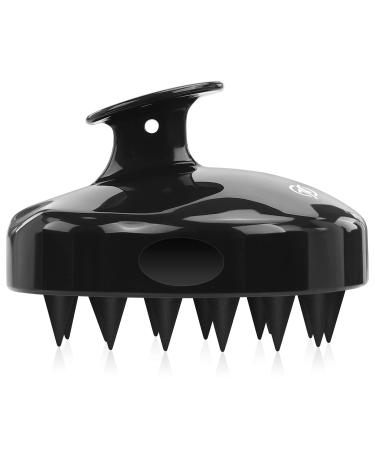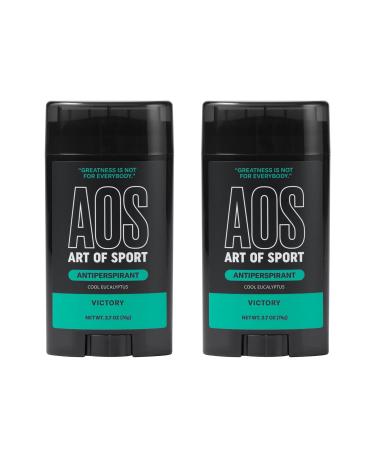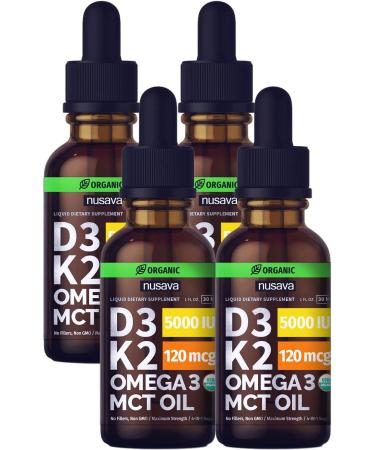Gluing Foiled Gemstones made of Acrylic
You can try a many different glues to bond but you cannot use any containing isocyanate (the instant adhesives), or acetone because the strong solvents damage the backing of the stone. A clear drying adhesive is recommended.
- To Skin (Make Body Jewels)
Recommended are: Acrylic Adhesive (Spirit Gum), Bindi or Eye Lash Glue. We came across an interesting article on this topic with a lot of helpful how to information. If you want to turn any of our jewels into body jewels then check this out. We think it's more than worth your time. The Sweet 7
You can use white craft glue or a glue stick. We like glue stick because it sets up fast. To use glue stick you need to apply a little glob of glue so you can press the stone down onto it. Judge the amount so there isn't excess coming out the sides. Keep your glue stick warm and moist, and spin it into the point of placement. Or you can use a little tool to scoop the glue off the stick, and place it down.
There are several brands of glue that are specifically formulated for bonding rhinestones to fabric. Some of the more common brand names are Beacon Gem-Tac, E6000, Victory 1991, and Aleene's Jewel-It. Other fabric glues also work. In general, glues for fabrics should retain some flexibility after drying or curing.
Epoxy or Hot Melt. Water based acrylic cement can also be tried. Clear drying is recommended. Polished metals are more challenging than metals with some grain or texture. To minimize excess glue showing, and to speed assembly, the surface can be prepared with an indention which acts as a bezel around the stone. This can also provide better grip by the adhesive for applications that need it.
Acrylic based clear cement or craft glue
Hot Melt or silicone
Glue application to leather is not highly recommended. Depending on what type of leather it is, you probably need to prepare the surface first. Most leathers contain oils and have a polished smooth surface. This effectively gives the glue nothing to adhere to. You can consider sanding down the leather, or making small etchings in it so the glue physically, has some place to go. Stones simply glued to unprepared leather surfaces are generally easy to take off. This is what the Rhinestone Guy says about gluing to leather. We respect his opinion: "You can use Gem Tac glue with leather, it holds ok, but does not penetrate the leather. You may loose a few stones every once in a while, but by and large, the glue holds them well. BUT NOT with belts and (pet) collars!" Fabri-Tac Permanent Adhesive Glue, is another product that claims to be suitable for leather. Tip: The amount of glue you use is an important factor in the appearance and performance of your work. Do some tests first to determine the right amount of glue to use, and to become competent at laying it down. Consider whether dispensing the glue from its bottle is reliable enough or if you should consider other techniques. When you place the stone down on the glue, a small amount of glue should ooze out around the edge of the stone. This ensures you are binding the stone by it's edge and not simply relying on the foil backing to hold it. Otherwise you run the risk of having the foil backing separate from the stone if there is movement.



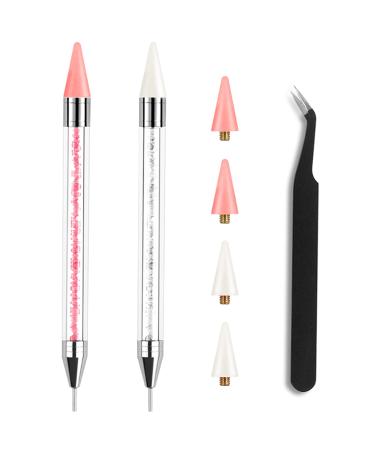

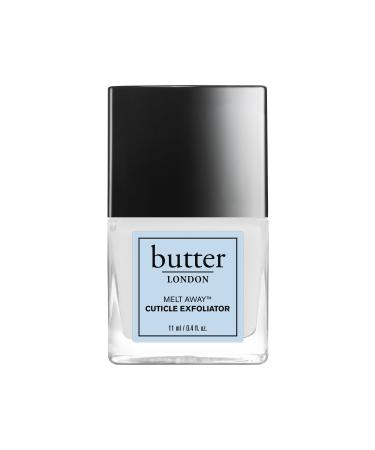
![Stewart Freeze Dried Dog Treats Made in USA [Single Ingredient Puppy and Dog Training Treats - Grain Free Natural Dog Treats] Resealable Tub to Preserve Freshness - Buy Online on GoSupps.com](https://www.gosupps.com/media/catalog/product/cache/25/small_image/375x450/9df78eab33525d08d6e5fb8d27136e95/6/1/61gwbbixarl._ac_sl1500_.jpg)

